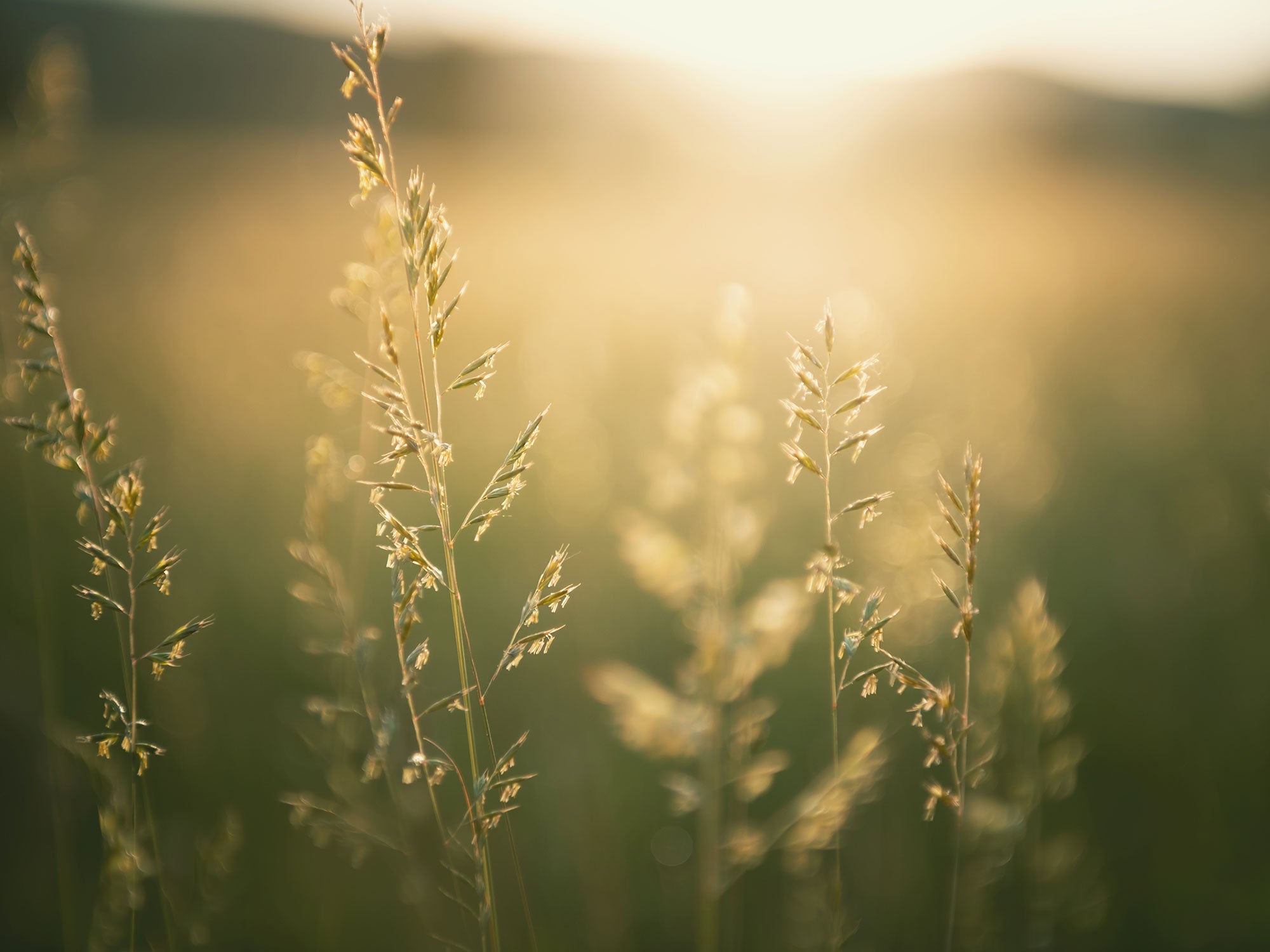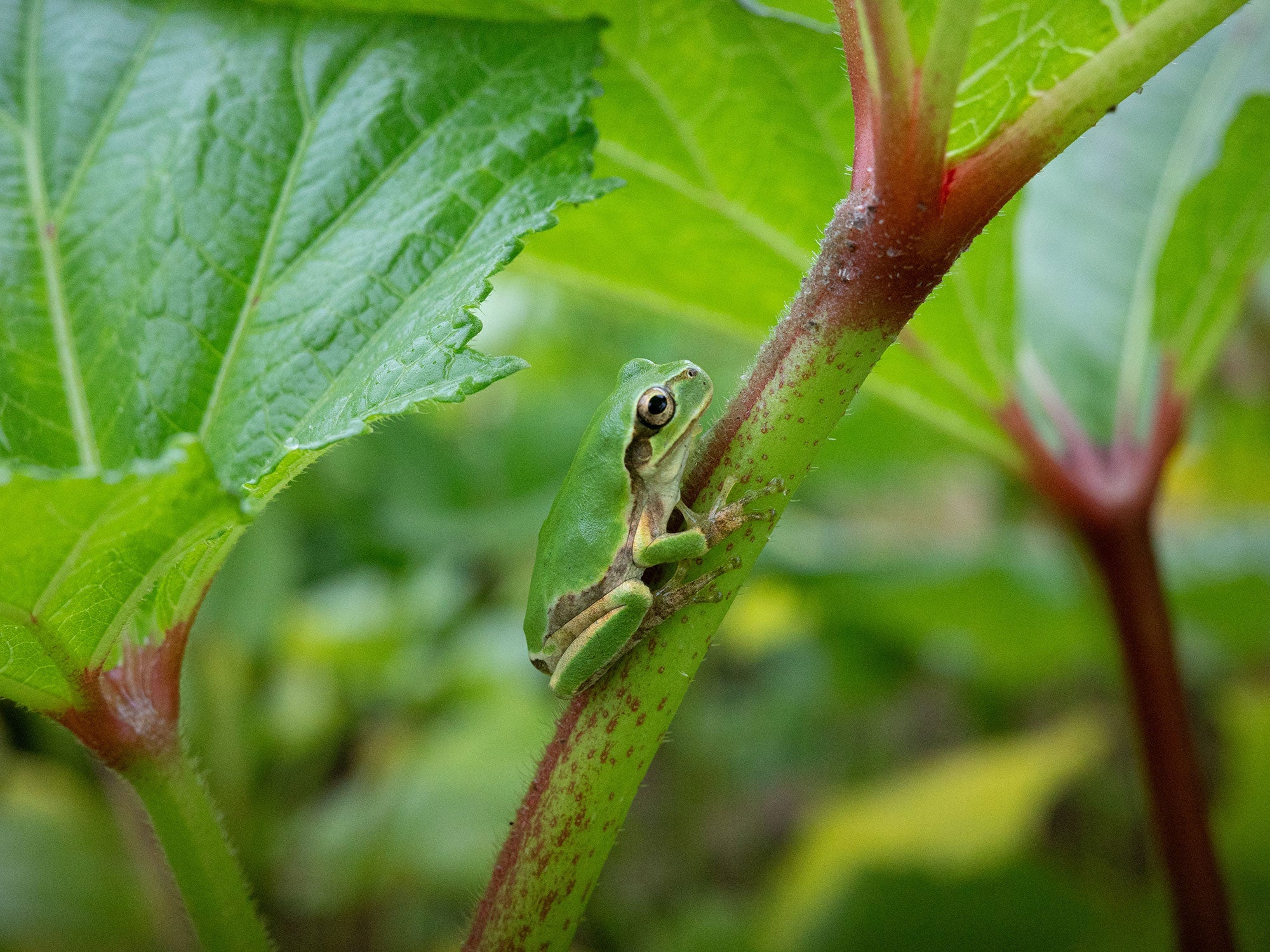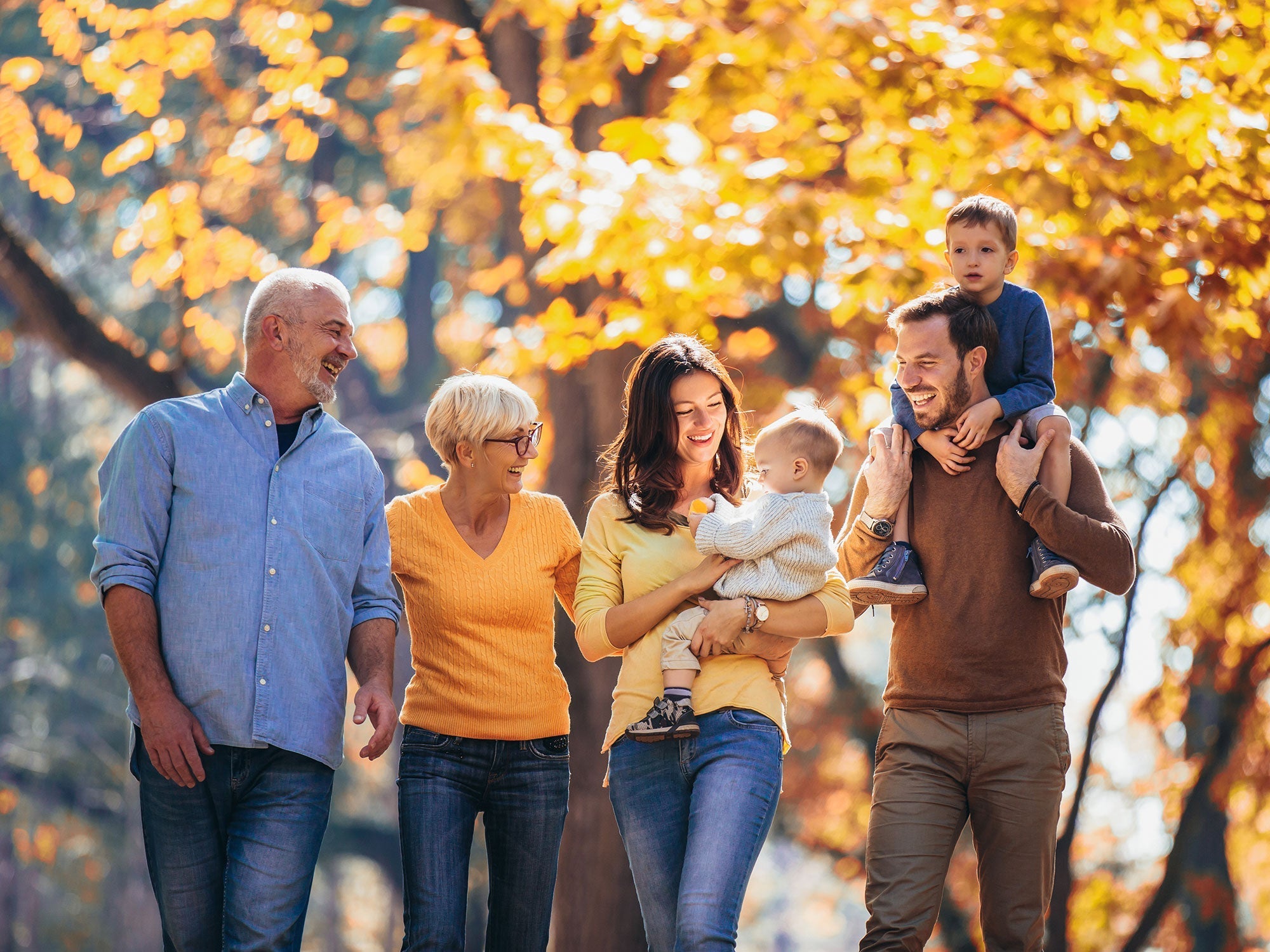
The art of bokeh: creating beautiful backgrounds
In photography, the bokeh effect stands for the art of emphasizing what is omitted or only hinted at. The term is derived from the Japanese word "boke" for "blur" or "haze" and refers to the targeted use of blurring in a photo to achieve aesthetic effects or to emphasize certain parts of the image or contrasts. Like the phenomenon it describes, the term itself can also be perceived as somewhat blurred and hazy. For this reason, the following text takes an in-depth look at what exactly the term bokeh means and how exactly this popular effect can be achieved in photography.
Bokeh: the art of blurring
A simple definition of bokeh is to describe it as the aesthetic blurring of the background or foreground of a photo. However, this is not just any blur, but a soft, visually appealing background blur that draws attention to the subject in focus. Bokeh occurs when the depth of field of the lens is set so that only a certain area of the image is in focus. The rest of the photo then appears blurred and forms the bokeh.
How is bokeh created?
In general, there are three main factors that can contribute to the creation of a pleasant background blur: The aperture, the focal length and the distance between the subject and the background. As the aperture is the opening in the lens through which light falls onto the sensor, the wider the aperture is open, the shallower the depth of field and the stronger the bokeh. In concrete terms, this means that for a pronounced bokeh effect, you should choose aperture settings with a low f-number such as f/1.4 or f/2.8, which only allow a rather small amount of light into the lens and thus automatically create a beautiful background blur.
The focal length of the lens, which determines the angle of view and the magnification, means that longer focal lengths, such as those of telephoto lenses, produce a stronger bokeh effect than the shorter focal lengths of wide-angle lenses. In this case, the blurring is not achieved by restricting the incident light, but by compressing the background, which also makes it appear slightly blurred.
The third important factor for bokeh, the distance between the subject and the background, is certainly the most difficult to determine of the three decisive factors for the art of blurring, as it is not always possible to freely select this distance. In general, the greater the distance between the subject and the background, the more pronounced the bokeh effect will be. Of course, more bokeh is not always automatically better and to find the right amount of sharpness and blurring, you should experiment extensively with distance, focal length and aperture.
Tips for beautiful bokeh
The right equipment
To achieve a successful bokeh effect, it is essential to choose a good lens. Lenses that allow a large aperture are particularly suitable here, as this lets in a lot of light and thus reduces the depth of field and enables a stronger bokeh effect. Lenses with fixed focal lengths and an aperture of 1:1.4 or 1:1.8 are ideal for creating particularly beautiful, circular blurred areas in the image. However, photographers who like to experiment also like to play with different lenses to achieve different blur effects, so the proof of the pudding is in the eating.
Not only the aperture, but also the focal length can help to achieve very different, beautiful bokeh effects. Many photographers opt for a lens with a long focal length, such as a telephoto lens, which automatically favors a blurred background. In general, high-quality lenses tend to produce a nicer bokeh than cheaper lenses and with a little practice, you can quickly see the difference between different lenses in the bokeh.
Another piece of equipment that can be worthwhile in bokeh photography is the so-called bokeh filter. This is a simple filter made of plastic or metal that has circular cut-outs around a center and thus helps to take beautiful photos with bokeh in a very simple way.
Subject and background
To achieve a beautiful bokeh effect, you should choose a subject that is positioned closer to the camera and further away from the background. This is the only way to make the subject stand out from the background and maximize the bokeh effect.
As the background plays at least as important a role as the subject itself when photographing with bokeh, a lot of time and care should be taken to find a suitable background. Backgrounds with interesting elements such as lights, trees or buildings, which can contribute to beautiful bokeh circles in the blurred areas, are particularly suitable.
Special settings for successful bokeh
To find the right degree of background blur, you can experiment with different apertures, with a larger aperture generally producing more pronounced bokeh. Generally, an aperture of f/2.8 or lower is considered ideal for photographing with bokeh.
A special tip is to use the so-called aperture priority mode, in which the aperture can be set manually while the camera continues to automatically adjust the shutter speed and ISO value to achieve the correct exposure. This setting allows the greatest possible creative leeway in terms of background blur without requiring manual adjustment of all camera settings.
You can also get a lot out of your own pictures in terms of bokeh afterwards. The bokeh effect can be improved or enhanced in post-processing on the computer and the sharpness, contrast and color of the image can be ideally adjusted. The effects of blurring the background can also be further enhanced in the process.
Conclusion
As the art of intentionally blurring the background, also known as bokeh, has so many parameters and can be perfected using a wide variety of techniques and camera settings, photographing with bokeh is a great way to familiarize yourself with a wide range of camera settings and techniques. The art of blurring can also be used specifically in almost every area of photography and, once mastered, can expand and complement your own possibilities. If you dare to experiment with aperture, focal length and the like, you can create images that captivate the viewer in a mysterious and melancholy way.
Experience the art of blurring with the perfect equipment! In the Oberwerth Shop you will not only find stylish and high-quality camera bags, but also elegant half cases and well thought-out photo backpacks that provide optimum protection for your camera and improve your workflow. Turn your bokeh photography into a true experience - with accessories that combine functionality and aesthetics. Visit the Oberwerth Shop now and discover the right accessories to take your creative image ideas to a new level!

